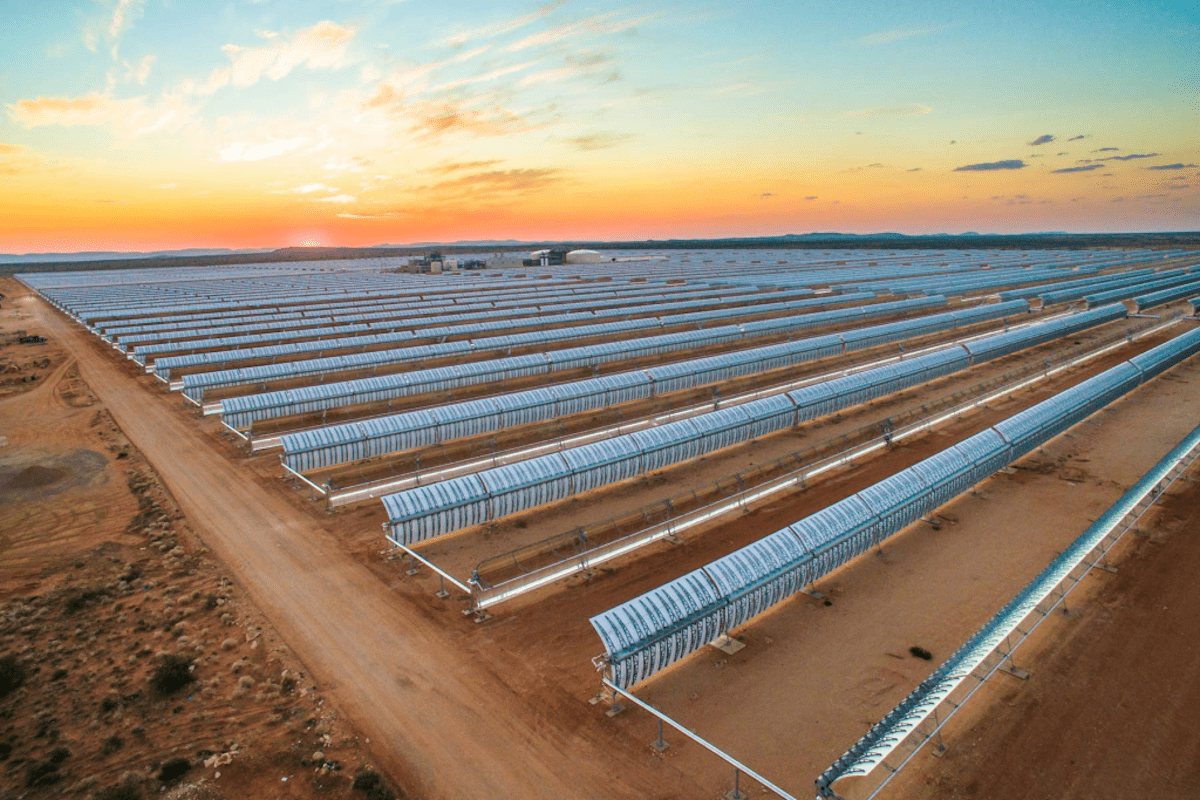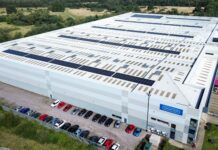
A development on the west coast of Saudi Arabia is to become the world’s largest battery storage facility and is part of an initiative to power the entire 28,000km2 coast with renewable energy, 24/7.
The development will seemingly include 50 hotels when complete, and will be powered solely by wind and solar energy. The complex will rely on the world’s largest battery storage facility at 1000MWh, which is being supplied by the Red Sea Development Company (TRSDC).
“The size and scale of TRSDC’s battery storage facility puts this iconic regenerative tourism destination at the forefront of the global transition towards carbon neutrality,” said John Pagano, CEO of TRSDC. “Wind and solar capacity are set to exceed coal and gas in less than five years, and we are keen to drive the pace of change.”
“We have always been committed to pushing the boundaries of what it means to be sustainable, and these efforts will play a significant role in the country’s ambition to become a greener nation. By powering the destination with 100 percent clean and renewable energy, we will make this vision a reality,” he added.
The battery storage facility is one part of a significant public-private partnership (PPP) agreement that TRSDC recently awarded to an ACWA Power consortium to design, build, operate and transfer The Red Sea Project’s utilities infrastructure.
Battery storage is needed to support site-wide energy resilience, providing the power required at night when solar generation is not possible. It will also ensure supply in the case of outages when shutdowns occur due to potential faults or sandstorms affecting production. The blend of solar and wind power generation will also guarantee a reliable supply of energy to the destination.
The PPP agreement expects to generate up to 650,000 MWh of 100% renewable energy to supply the destination and other utility systems, whilst emitting zero CO2. The resulting saving in CO2 emissions to the atmosphere is equivalent to nearly half a million tons each year.
Included in the 25-year concession agreement is the provision of renewable power, potable water, sustainable solid waste management, wastewater treatment and district cooling infrastructure. The construction of three seawater reverse osmosis (SWRO) plants at the project will provide clean drinking water.
Additionally, an innovative sewage treatment plant (STP) will allow waste to be managed in a way that enhances the environment, by creating new wetland habitats and supplementing irrigation water for landscaping at the destination.
This utility concession agreement allows for future expansion in line with the development of the destination, ensuring that the servicing needs of guests staying at the destination’s 50 hotels and 1,300 residential properties can be met by 2030.
The Red Sea Project has already passed significant milestones and work is on track to welcome the first guests by end of 2022, when the international airport and first four hotels will open. The remaining 12 Phase One hotels will open in 2023, delivering a total of 3,000 rooms across five islands and two inland resorts.






